-
LruCache类在调用get(K key) 方法时,都会调用LinkedHashMap.get(Object key) 。
-
如上述设置了 accessOrder=true 后,调用LinkedHashMap.get(Object key) 都会通过LinkedHashMap的afterNodeAccess()方法将数据移到队尾。
-
由于最新访问的数据在尾部,在 put 和 trimToSize 的方法执行下,如果发生数据移除,会优先移除掉头部数据
1.构造方法
/**
-
@param maxSize for caches that do not override {@link #sizeOf}, this is
-
the maximum number of entries in the cache. For all other caches, -
this is the maximum sum of the sizes of the entries in this cache.
*/
public LruCache(int maxSize) {
if (maxSize <= 0) {
throw new IllegalArgumentException(“maxSize <= 0”);
}
this.maxSize = maxSize;
this.map = new LinkedHashMap<K, V>(0, 0.75f, true);
}
LinkedHashMap参数介绍:
-
initialCapacity 用于初始化该 LinkedHashMap 的大小。
-
loadFactor(负载因子)这个LinkedHashMap的父类 HashMap 里的构造参数,涉及到扩容问题,比如 HashMap 的最大容量是100,那么这里设置0.75f的话,到75的时候就会扩容。
-
accessOrder,这个参数是排序模式,true表示在访问的时候进行排序( LruCache 核心工作原理就在此),false表示在插入的时才排序。
2.添加数据 LruCache.put(K key, V value)
/**
-
Caches {@code value} for {@code key}. The value is moved to the head of
-
the queue.
-
@return the previous value mapped by {@code key}.
*/
public final V put(K key, V value) {
if (key == null || value == null) {
throw new NullPointerException(“key == null || value == null”);
}
V previous;
synchronized (this) {
putCount++;
//safeSizeOf(key, value)。
//这个方法返回的是1,也就是将缓存的个数加1.
// 当缓存的是图片的时候,这个size应该表示图片占用的内存的大小,所以应该重写里面调用的sizeOf(key, value)方法
size += safeSizeOf(key, value);
//向map中加入缓存对象,若缓存中已存在,返回已有的值,否则执行插入新的数据,并返回null
previous = map.put(key, value);
//如果已有缓存对象,则缓存大小恢复到之前
if (previous != null) {
size -= safeSizeOf(key, previous);
}
}
//entryRemoved()是个空方法,可以自行实现
if (previous != null) {
entryRemoved(false, key, previous, value);
}
trimToSize(maxSize);
return previous;
}
-
开始的时候确实是把值放入LinkedHashMap,不管超不超过你设定的缓存容量。
-
根据 safeSizeOf方法计算 此次添加数据的容量是多少,并且加到size 里 。
-
方法执行到最后时,通过trimToSize()方法 来判断size 是否大于maxSize。
可以看到put()方法并没有太多的逻辑,重要的就是在添加过缓存对象后,调用 trimToSize()方法,来判断缓存是否已满,如果满了就要删除近期最少使用的数据。
2.trimToSize(int maxSize)
/**
-
Remove the eldest entries until the total of remaining entries is at or
-
below the requested size.
-
@param maxSize the maximum size of the cache before returning. May be -1
-
to evict even 0-sized elements.
*/
public void trimToSize(int maxSize) {
while (true) {
K key;
V value;
synchronized (this) {
//如果map为空并且缓存size不等于0或者缓存size小于0,抛出异常
if (size < 0 || (map.isEmpty() && size != 0)) {
throw new IllegalStateException(getClass().getName()
- “.sizeOf() is reporting inconsistent results!”);
}
//如果缓存大小size小于最大缓存,不需要再删除缓存对象,跳出循环
if (size <= maxSize) {
break;
}
//在缓存队列中查找最近最少使用的元素,若不存在,直接退出循环,若存在则直接在map中删除。
Map.Entry<K, V> toEvict = map.eldest();
if (toEvict == null) {
break;
}
key = toEvict.getKey();
value = toEvict.getValue();
map.remove(key);
size -= safeSizeOf(key, value);
//回收次数+1
evictionCount++;
}
entryRemoved(true, key, value, null);
}
}
/**
-
Returns the eldest entry in the map, or {@code null} if the map is empty.
-
Android-added.
-
@hide
*/
public Map.Entry<K, V> eldest() {
Entry<K, V> eldest = header.after;
return eldest != header ? eldest : null;
}
trimToSize()方法不断地删除LinkedHashMap中队首的元素,即近期最少访问的,直到缓存大小小于最大值。
3.LruCache.get(K key)
/**
-
Returns the value for {@code key} if it exists in the cache or can be
-
created by {@code #create}. If a value was returned, it is moved to the
-
head of the queue. This returns null if a value is not cached and cannot
-
be created.
-
通过key获取缓存的数据,如果通过这个方法得到的需要的元素,那么这个元素会被放在缓存队列的尾部,
*/
public final V get(K key) {
if (key == null) {
throw new NullPointerException(“key == null”);
}
V mapValue;
synchronized (this) {
//从LinkedHashMap中获取数据。
mapValue = map.get(key);
if (mapValue != null) {
hitCount++;
return mapValue;
}
missCount++;
}
/*
-
正常情况走不到下面
-
因为默认的 create(K key) 逻辑为null
-
走到这里的话说明实现了自定义的create(K key) 逻辑,比如返回了一个不为空的默认值
*/
/*
-
Attempt to create a value. This may take a long time, and the map
-
may be different when create() returns. If a conflicting value was
-
added to the map while create() was working, we leave that value in
自我介绍一下,小编13年上海交大毕业,曾经在小公司待过,也去过华为、OPPO等大厂,18年进入阿里一直到现在。
深知大多数初中级Android工程师,想要提升技能,往往是自己摸索成长或者是报班学习,但对于培训机构动则近万的学费,着实压力不小。自己不成体系的自学效果低效又漫长,而且极易碰到天花板技术停滞不前!
因此收集整理了一份《2024年Android移动开发全套学习资料》,初衷也很简单,就是希望能够帮助到想自学提升又不知道该从何学起的朋友,同时减轻大家的负担。
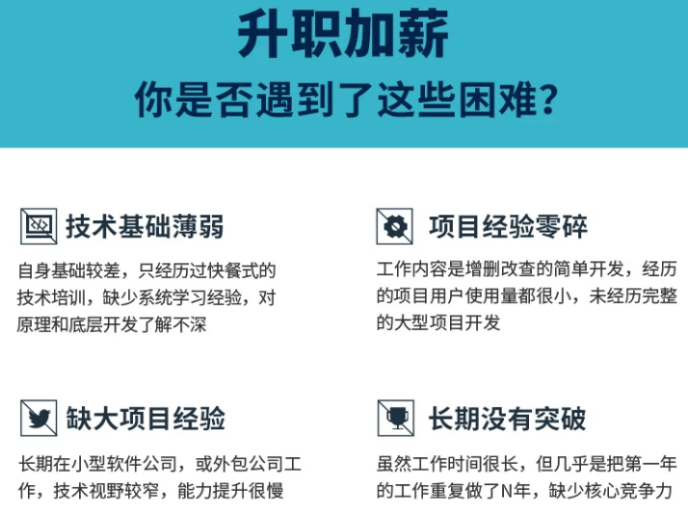
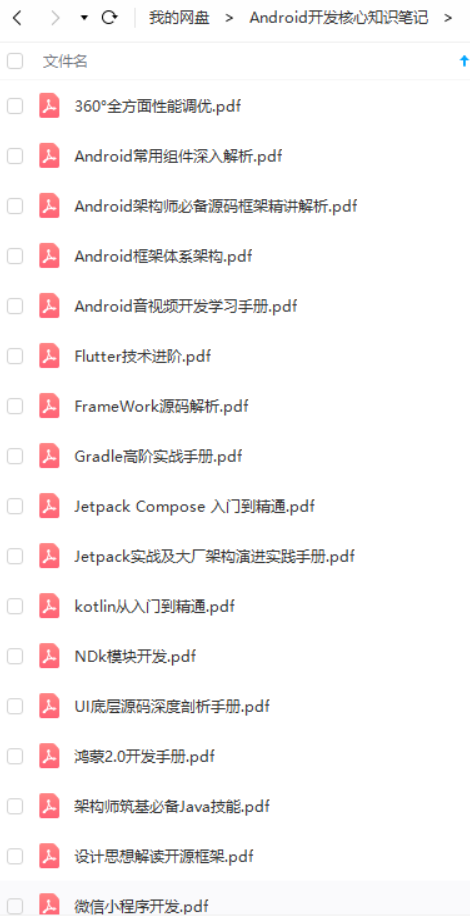
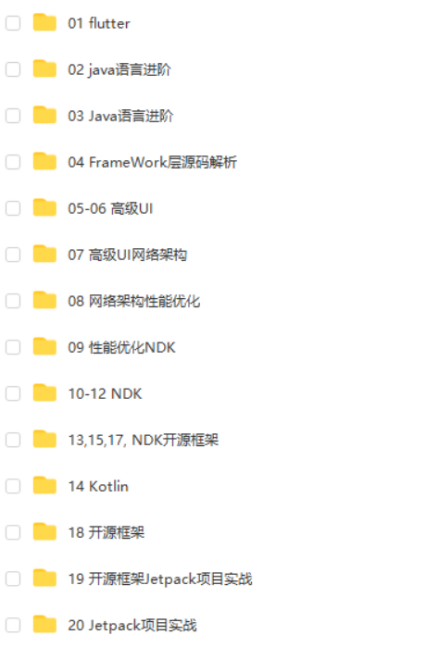
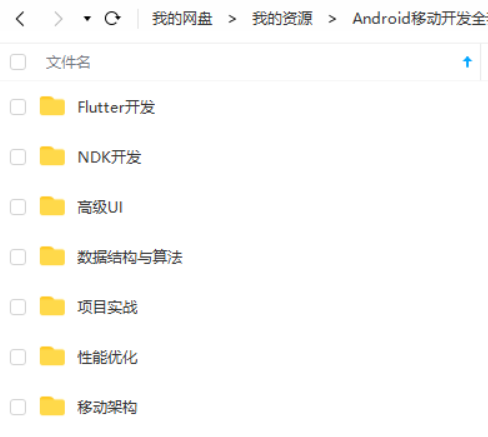
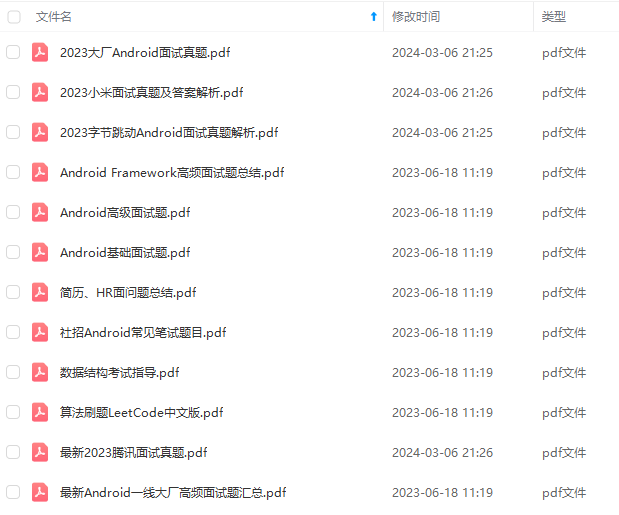
既有适合小白学习的零基础资料,也有适合3年以上经验的小伙伴深入学习提升的进阶课程,基本涵盖了95%以上Android开发知识点,真正体系化!
由于文件比较大,这里只是将部分目录截图出来,每个节点里面都包含大厂面经、学习笔记、源码讲义、实战项目、讲解视频,并且会持续更新!
如果你觉得这些内容对你有帮助,可以扫码获取!!(备注:Android)

设计模式学习笔记

设计模式系列学习视频

《互联网大厂面试真题解析、进阶开发核心学习笔记、全套讲解视频、实战项目源码讲义》点击传送门即可获取!
学习笔记、源码讲义、实战项目、讲解视频,并且会持续更新!**
如果你觉得这些内容对你有帮助,可以扫码获取!!(备注:Android)

设计模式学习笔记
[外链图片转存中…(img-gHRbD1gy-1713676727514)]
设计模式系列学习视频
[外链图片转存中…(img-1ao9ykFs-1713676727516)]
《互联网大厂面试真题解析、进阶开发核心学习笔记、全套讲解视频、实战项目源码讲义》点击传送门即可获取!






















 411
411

 被折叠的 条评论
为什么被折叠?
被折叠的 条评论
为什么被折叠?








